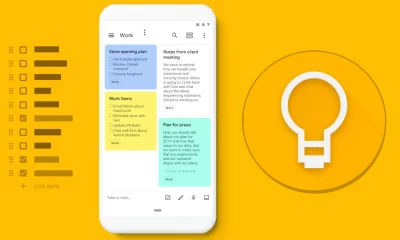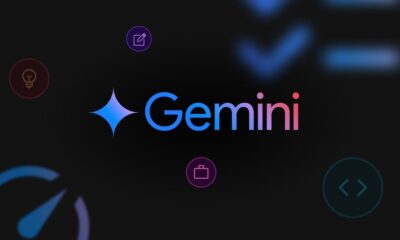News
Samsung’s new Foldable phones: chip choices for US buyers
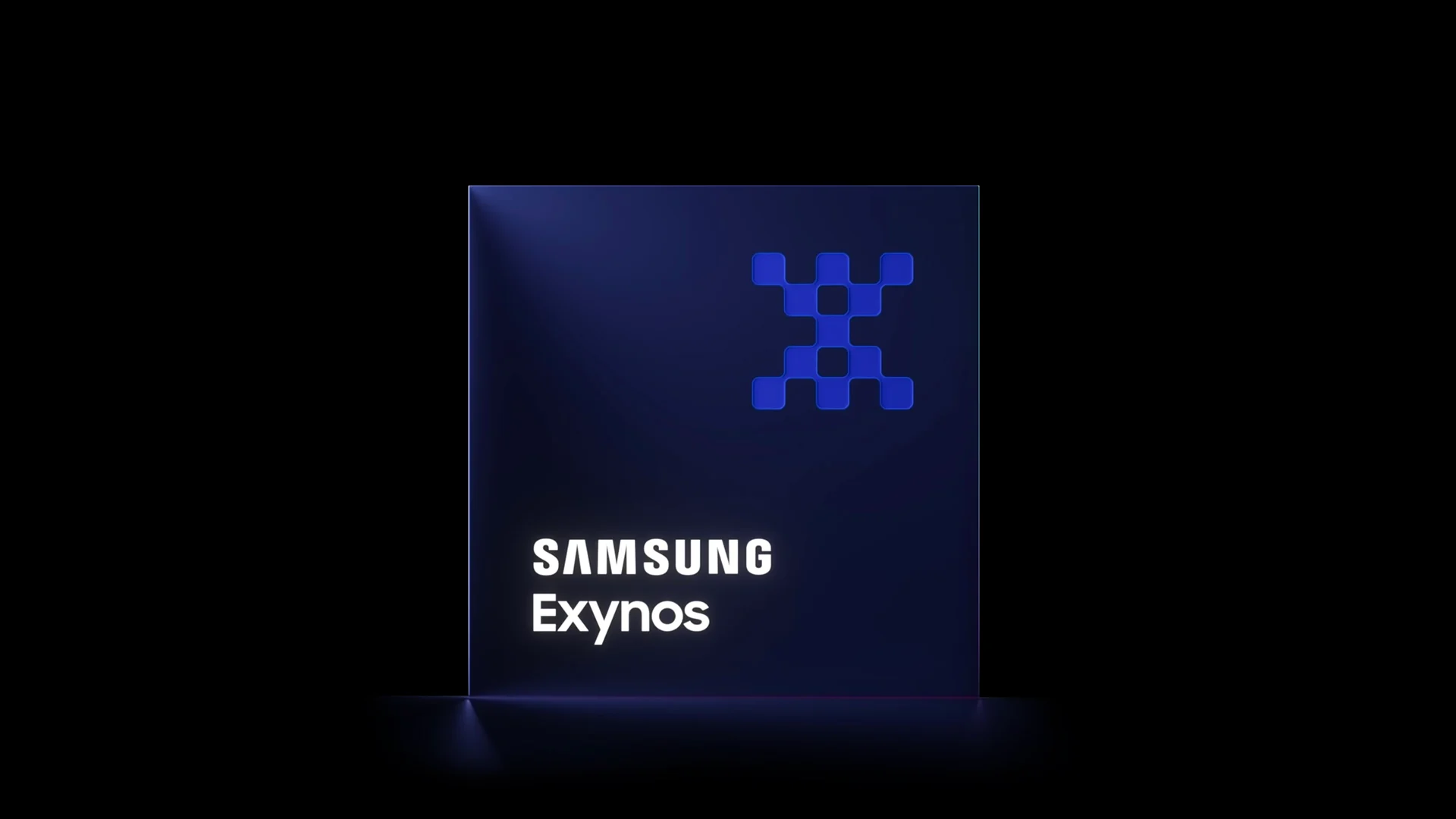
Samsung is set to launch its latest foldable phones, the Galaxy Z Fold 7 and Z Flip 7, at the Galaxy Unpacked event on July 9, 2025, in New York City. A budget-friendly Z Flip 7 FE is also expected. These devices promise slimmer designs and better performance, but the chipsets powering them are causing a stir among U.S. fans.
The Galaxy Z Fold 7 will use Qualcomm’s Snapdragon 8 Elite chip worldwide, offering top-notch speed and efficiency. However, the Z Flip 7 and Z Flip 7 FE will feature Samsung’s Exynos 2500 and Exynos 2400 chips, respectively, even in the U.S., where Snapdragon chips were typically used.
This shift has raised some eyebrows, as Snapdragon chips are often seen as more powerful and efficient.The Exynos 2500, a 3nm chip, brings solid improvements like better graphics, longer battery life, and support for satellite connectivity in emergencies.
Still, some worry it might not match the Snapdragon’s performance, especially in thin devices like the Z Flip 7, where heat management is tricky.
Benchmark tests show the Exynos 2500 scoring slightly lower than the Snapdragon 8 Elite, but real-world performance is yet to be tested.Samsung’s move to Exynos chips could help control costs and reduce reliance on Qualcomm.
While U.S. customers might miss the Snapdragon advantage, the Exynos chips are designed to deliver a smooth experience with enhanced AI features and gaming capabilities. We’ll know more after the launch, but Samsung’s bold choice is worth watching.
Google’s fun Doodle celebrates AI Mode on Android
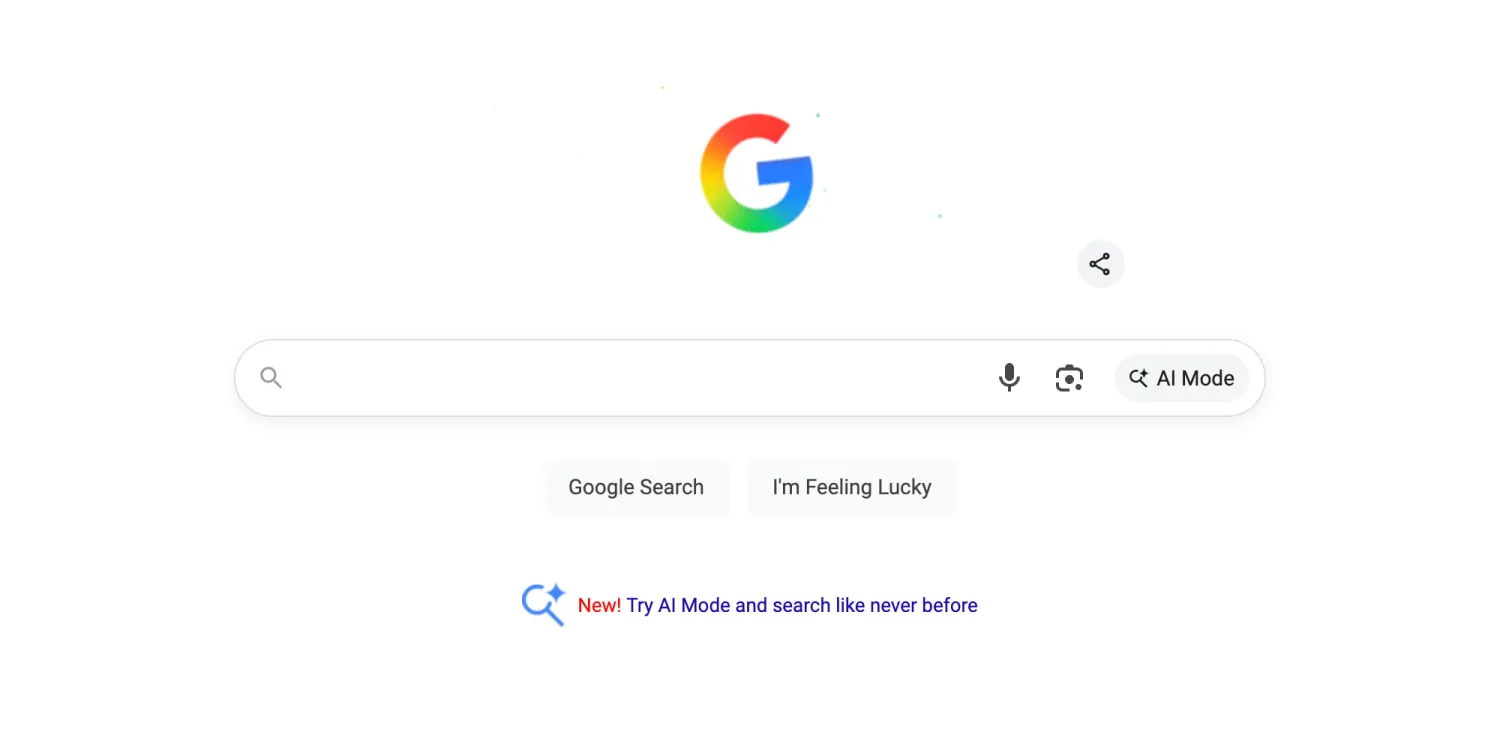
Google’s latest Doodle is a lively tribute to the new AI Mode feature on Android, launched on June 30, 2025. This interactive Doodle invites users to dive into the world of AI-powered search with a playful design. By tapping the Doodle on Google’s homepage, you can explore how AI Mode makes searching easier and more exciting.
AI Mode, now rolling out to Android users, changes how we search by offering smarter, faster results. It uses Google’s Gemini 2.5 to break down complex questions into smaller parts, pulling answers from the web, real-time data, and even shopping details.
The Doodle shows this with a colorful animation of a waveform, reflecting AI Mode’s voice search feature, which lets you ask questions out loud and get quick replies.The Doodle also highlights AI Mode’s ability to handle follow-up questions, making searches feel like a conversation.
For example, you can ask about a topic and then dig deeper without starting over. This feature, paired with Google Lens for image-based searches, makes finding information smoother than ever.Google’s Doodle doesn’t just celebrate technology—it makes it fun.
By blending art and innovation, it shows how AI Mode can simplify tasks like researching or shopping. Head to Google’s homepage to try the Doodle and experience AI Mode’s magic for yourself.
Google Keep app removed from Apple Watch
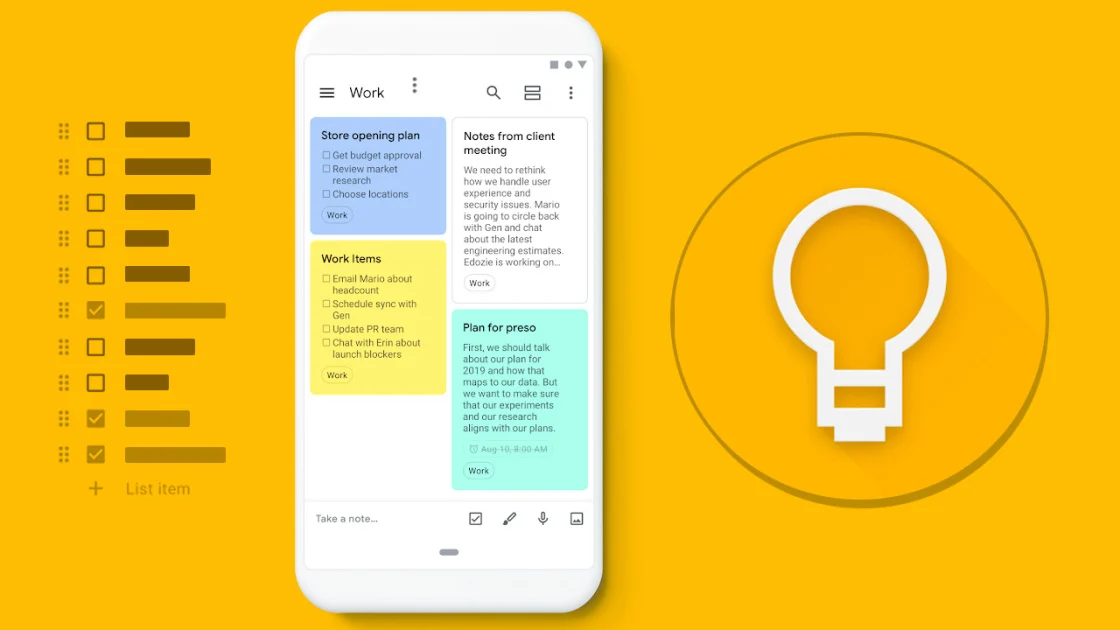
Google recently made changes to its apps for Apple Watch, including removing the Google Keep app. The latest update, version 2.2025.26200, no longer supports the Apple Watch app, though the iPhone and iPad versions remain unchanged. This means users can no longer quickly check or manage notes from their wrist, which could be inconvenient for tasks like shopping lists.
The Google Keep app for Apple Watch, launched in 2019, hadn’t been updated much. It lacked features like complications or support for newer watchOS tools, but it still worked for basic note access. Now, with watchOS 26 set to introduce a built-in Notes app this fall, Google’s decision might align with this shift. Meanwhile, Google continues to support Keep on Wear OS, showing focus on its own platform.
On the same day, Google launched a new Calendar app for Apple Watch, showing they’re not fully abandoning the platform. This move suggests Google is picking and choosing which apps to maintain for Apple Watch users. For those who relied on Keep, this removal might disrupt their workflow, especially for quick note-checking.
Users can still access Google Keep on their iPhone or other devices, and the core features like note-taking, lists, and reminders remain available.If you depended on Google Keep for Apple Watch, you might need to explore alternatives like Apple’s Notes or other third-party apps. Check the App Store for options that suit your needs.
Google’s new AI coding rules for engineers
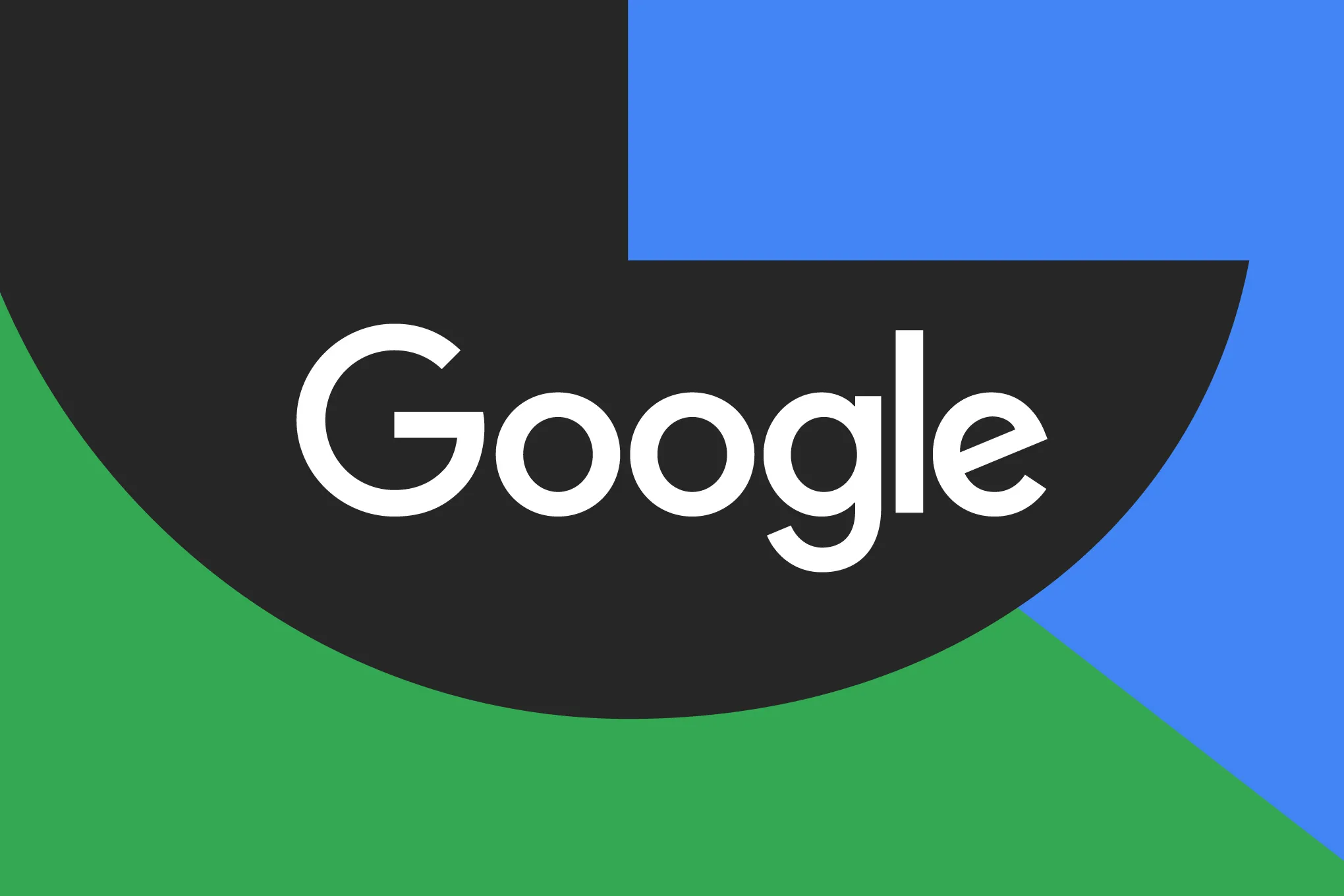
Google recently shared new guidelines to help its software engineers use artificial intelligence (AI) in their coding work. The company wants its engineers to use AI tools to write code faster and improve their work. This comes after CEO Sundar Pichai noted that over 30% of Google’s new code is created by AI, up from 25% just six months ago.
Engineers review this AI-generated code to make sure it’s correct before using it.The guidelines, written by experienced Google engineers, explain how to use AI effectively. They cover not only coding but also how to understand what AI can and cannot do. The goal is to help engineers work smarter, not harder, by using AI to speed up tasks like fixing bugs or building new features.
Google also encourages its teams to explore AI for other tasks beyond coding, like planning projects or improving systems.The company stresses the importance of careful code reviews to maintain quality and security. By using AI, Google has seen a 10% boost in how quickly engineers complete their work.
These guidelines are the most formal step Google has taken to make AI a key part of its development process. Tools like Gemini Code Assist and Gemini CLI are already helping engineers, and Google expects AI to play an even bigger role in the future. This approach aims to make development faster and more efficient while keeping humans in charge of the final results.
-
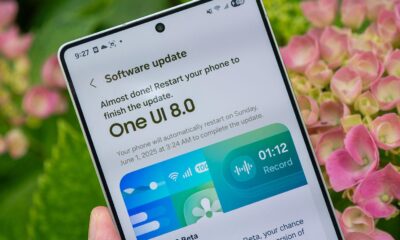
 Android4 days ago
Android4 days agoSamsung’s new One UI 8 update coming to Galaxy S24 and S23
-

 Android2 days ago
Android2 days agoSamsung Galaxy S23 to see speed boost with One UI 8 update
-

 News6 days ago
News6 days agoSamsung’s new One UI 8 update brings smarter features to Galaxy phones
-

 News5 days ago
News5 days agoSamsung phones in Europe get new Now Brief feature
-

 News1 week ago
News1 week agoSamsung Galaxy S23 and S22 get June 2025 security update
-

 Android5 days ago
Android5 days agoSamsung Galaxy S25 gets stable One UI 8 update early
-

 News1 week ago
News1 week agoOne UI 8 smart clipboard has a twist
-

 News1 week ago
News1 week agoSamsung Galaxy AI might cost money in 2026


